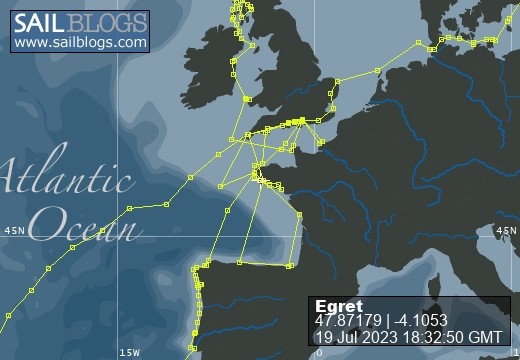
Egret
09 August 2022 | Picture: The Sunk Inner Light Vessel in the Thames Estuary
03 August 2022 | Egret at the Royal Norfolk and Suffolk Yacht Club, Lowestoft
23 July 2022 | Picture: One of the smaller locks at Holtenau
20 July 2022 | Picture: Patrick reminiscing with Juergen at Rostock
11 July 2022 | Picture: Egret at Stralsund, with the barque Gorch Fock beyond
04 July 2022 | Picture: Amanda on Bornholm
01 July 2022 | Picture: Kristianopol, with Egret at far right
26 June 2022 | Ernemar
19 September 2020 | Picture: Egret being lifted out at Ernemar, Sweden
08 September 2020 | Chart: our route from Mem into the Tjust Archipelago
01 September 2020 | Picture: the Carl Johans flight of seven locks
29 August 2020 | Picture: Egret (by G. Einefors)
27 August 2020 | Picture: Egret at Vadstena Castle
25 August 2020 | Picture: Norrkvarn Lock
23 August 2020 | Picture: Egret crossing Lake Vänern
19 August 2020 | Picture: Inside the lowest Trollhatte lock
17 August 2020 | Picture: The Gota Alv Bron in Gothenburg
16 August 2020 | Picture: the GKSS, Langedrag
13 August 2020 | Picture: Egret alongside (left) at Fisketangen
10 August 2019
72. Santiago Customs
21 February 2013
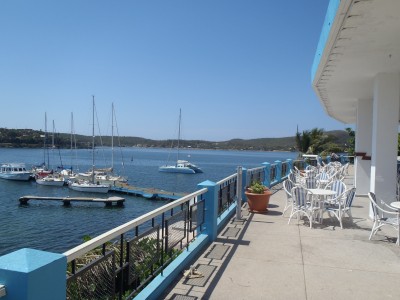
At midday we were woken by a shout from the shore, and saw a large man beckoning us to come alongside. He was George, the assistant harbourmaster, who introduced himself to Amanda as the handsomest man in Cuba - but that I was not to worry as he was happily married! He was nattily dressed, somewhat rotund and looked remarkably prosperous. In good English, he explained that he was one of four assistant harbourmasters who worked 24-hour shifts in rotation, insisted we come to him or his colleagues if we needed advice, and went on to tell us what would happen next.
The checking in procedure commenced with the arrival of the doctor and vet. We had a supply of Coca Cola in the fridge to offer to the officials, but the doctor asked if we had any American beer. We only had Bahamian, but after examining the label minutely he tasted the contents and pronounced it good, and then went on to tell us what beers to look out for in Cuba. He asked us a couple of questions about our health, and I mentioned that I'd heard that there had been outbreaks of cholera on Cuba since Hurricane Sandy, which he confirmed, but said that it had now been eradicated. The vet peered into each cabin to see whether he could find any alien bugs, but otherwise the two sat happily down below chatting, smiling and slowly sipping their drinks. Next on were two dogs, with their handlers and a customs officer. The young spaniel lost his footing in his excitement to get on board and slipped between the boat and quay, but his handler managed to grab him before he reached the water! The officer carefully placed our carton of flares in the middle of the cabin, and the dog was let loose. He rushed around sniffing everywhere, and eventually - after some gentle nudging - found the box of flares. Presumably they were training it to sniff out explosives. The old labrador was let loose next, but didn't seem particularly interested in anything else we had on board.
After the dogs, two smart and manicured women arrived from the ministry of agriculture. They asked what food we had on board and checked our flour for weevils; but if there was anything we shouldn't have brought into the country, they didn't seem bothered. They sat enjoying their Cokes and gossiping with us within the limitations of our mutual ignorance of each others languages. They asked us by sign language if we had any soap that we could give them - the first of many occasions that Cubans asked for this. They then offered to organise a taxi to take us into the city next day - we just had to look out for the red car. Two assistant customs officers then arrived to make a search of the boat. They rummaged through a few lockers in great detail, but didn't dig too far into the more inaccessible places. Their main interest was our hand-held VHF set. They said that they ought to seal it in a compartment with official adhesive tape, but that they would let it pass in our case as we might need it, but we should keep it out of sight. Finally I had to go ashore to complete a number of forms. Although it took all afternoon, the process was all done with extreme courtesy and good humour. This is the first country we've been to where the officers automatically removed their shoes before stepping on board, although this lead to some ribbing from one to another about his smelly feet!
Later, the harbourmaster gave us the low-down on the area and what we could and couldn't do - we weren't permitted to explore the rest of the bay, for example. He carefully explained the two currencies that co-exist in Cuba: convertible pesos, known as CUKs, nominally equal to a US dollar, and the local pesos, of which you get 24 for a CUK. Visitors are normally charged in CUKs, but one is allowed to buy local pesos at a "Cadeca" bank, which can be spent at, for example, back-street cafes, local shops and fruit and vegetables stalls, where prices are a fraction of those in CUK restaurants and stores. Cubans are very keen to earn CUKs to be able to buy goods from tourist shops that they can't get elsewhere, so jobs in contact with foreigners are much sought after.
Santiago Marina is based on the remains of what must have been a smart yacht club. The modernist style building is kept in good order with clean loos and showers, a bar and cafe, and offices for all the officials. Sadly some of the concrete jetties, including the diving platforms around a bathing area, were destroyed by Hurricane Sandy, but an effort has been made to patch up what is left. There is now only room for around a dozen boats. An enterprising family in the local village offered a range of services to visitors. Father could sell you anything, mother did the laundry and their son - a cool dude in union-jack sunglasses - organised his mates to drive us around in their rickety, but highly polished, Russian cars.
The city of Santiago de Cuba is crowded hot and polluted, the narrow streets and pavements jammed with old cars, buses resembling cattle trucks, horses and carts, and pedestrians. The city was the capital of Cuba prior to 1607, and still has a few historic buildings which are open to the public. The Spanish styled house of Diego Velazquez - the first governor - was built in 1522 and is apparently the oldest in Cuba. The elegant, timber panelled rooms have been restored and furnished with an impressive collection of Cuban mahogany and cedar furniture, as well as fine examples of European china, porcelain, glass and clocks etc. It was all displayed very casually with little security, and one wonders if the curators knew the value of their possessions. The BBC's "Antiques Roadshow" would have a field day there! A personal guide appeared in each section to show us round. They were quite knowledgeable and spoke reasonable English, but when they'd finished they invariably ushered us behind a door and surreptitiously tried to sell us some small souvenir to earn a few CUKs for themselves.
Emilio Bacardi Moreau, the founder of the rum business, built the Municipal Museum to house his personal collection of arms, paintings and other eclectic stuff, but it was poorly displayed and labelled in Spanish only. In fairness, it was still undergoing repair after being damaged by hurricane Sandy, as was the Cathedral. We tried to look inside the latter, but the "jineteros" (touts) guided us into an annexe, charged us 2 CUKs and lead us round a gruesome jumble of old religious artefacts, then had the cheek to demand a tip. The Cathedral itself, apparently, could only be visited by arrangement at certain times of day. We wandered through the street market, called in to a few shops and walked past the long queue outside the soap shop. Eventually we tired of the constant attention of hustlers, musicians and people asking for things; and retreated to the comparative peace of the terrace café of the Casa Grande Hotel which overlooks the main square. We spent the rest of the afternoon watching urban Cuban life from a safe distance, before getting a taxi ride back to our boat in a 1950s Chevrolet.
The checking in procedure commenced with the arrival of the doctor and vet. We had a supply of Coca Cola in the fridge to offer to the officials, but the doctor asked if we had any American beer. We only had Bahamian, but after examining the label minutely he tasted the contents and pronounced it good, and then went on to tell us what beers to look out for in Cuba. He asked us a couple of questions about our health, and I mentioned that I'd heard that there had been outbreaks of cholera on Cuba since Hurricane Sandy, which he confirmed, but said that it had now been eradicated. The vet peered into each cabin to see whether he could find any alien bugs, but otherwise the two sat happily down below chatting, smiling and slowly sipping their drinks. Next on were two dogs, with their handlers and a customs officer. The young spaniel lost his footing in his excitement to get on board and slipped between the boat and quay, but his handler managed to grab him before he reached the water! The officer carefully placed our carton of flares in the middle of the cabin, and the dog was let loose. He rushed around sniffing everywhere, and eventually - after some gentle nudging - found the box of flares. Presumably they were training it to sniff out explosives. The old labrador was let loose next, but didn't seem particularly interested in anything else we had on board.
After the dogs, two smart and manicured women arrived from the ministry of agriculture. They asked what food we had on board and checked our flour for weevils; but if there was anything we shouldn't have brought into the country, they didn't seem bothered. They sat enjoying their Cokes and gossiping with us within the limitations of our mutual ignorance of each others languages. They asked us by sign language if we had any soap that we could give them - the first of many occasions that Cubans asked for this. They then offered to organise a taxi to take us into the city next day - we just had to look out for the red car. Two assistant customs officers then arrived to make a search of the boat. They rummaged through a few lockers in great detail, but didn't dig too far into the more inaccessible places. Their main interest was our hand-held VHF set. They said that they ought to seal it in a compartment with official adhesive tape, but that they would let it pass in our case as we might need it, but we should keep it out of sight. Finally I had to go ashore to complete a number of forms. Although it took all afternoon, the process was all done with extreme courtesy and good humour. This is the first country we've been to where the officers automatically removed their shoes before stepping on board, although this lead to some ribbing from one to another about his smelly feet!
Later, the harbourmaster gave us the low-down on the area and what we could and couldn't do - we weren't permitted to explore the rest of the bay, for example. He carefully explained the two currencies that co-exist in Cuba: convertible pesos, known as CUKs, nominally equal to a US dollar, and the local pesos, of which you get 24 for a CUK. Visitors are normally charged in CUKs, but one is allowed to buy local pesos at a "Cadeca" bank, which can be spent at, for example, back-street cafes, local shops and fruit and vegetables stalls, where prices are a fraction of those in CUK restaurants and stores. Cubans are very keen to earn CUKs to be able to buy goods from tourist shops that they can't get elsewhere, so jobs in contact with foreigners are much sought after.
Santiago Marina is based on the remains of what must have been a smart yacht club. The modernist style building is kept in good order with clean loos and showers, a bar and cafe, and offices for all the officials. Sadly some of the concrete jetties, including the diving platforms around a bathing area, were destroyed by Hurricane Sandy, but an effort has been made to patch up what is left. There is now only room for around a dozen boats. An enterprising family in the local village offered a range of services to visitors. Father could sell you anything, mother did the laundry and their son - a cool dude in union-jack sunglasses - organised his mates to drive us around in their rickety, but highly polished, Russian cars.
The city of Santiago de Cuba is crowded hot and polluted, the narrow streets and pavements jammed with old cars, buses resembling cattle trucks, horses and carts, and pedestrians. The city was the capital of Cuba prior to 1607, and still has a few historic buildings which are open to the public. The Spanish styled house of Diego Velazquez - the first governor - was built in 1522 and is apparently the oldest in Cuba. The elegant, timber panelled rooms have been restored and furnished with an impressive collection of Cuban mahogany and cedar furniture, as well as fine examples of European china, porcelain, glass and clocks etc. It was all displayed very casually with little security, and one wonders if the curators knew the value of their possessions. The BBC's "Antiques Roadshow" would have a field day there! A personal guide appeared in each section to show us round. They were quite knowledgeable and spoke reasonable English, but when they'd finished they invariably ushered us behind a door and surreptitiously tried to sell us some small souvenir to earn a few CUKs for themselves.
Emilio Bacardi Moreau, the founder of the rum business, built the Municipal Museum to house his personal collection of arms, paintings and other eclectic stuff, but it was poorly displayed and labelled in Spanish only. In fairness, it was still undergoing repair after being damaged by hurricane Sandy, as was the Cathedral. We tried to look inside the latter, but the "jineteros" (touts) guided us into an annexe, charged us 2 CUKs and lead us round a gruesome jumble of old religious artefacts, then had the cheek to demand a tip. The Cathedral itself, apparently, could only be visited by arrangement at certain times of day. We wandered through the street market, called in to a few shops and walked past the long queue outside the soap shop. Eventually we tired of the constant attention of hustlers, musicians and people asking for things; and retreated to the comparative peace of the terrace café of the Casa Grande Hotel which overlooks the main square. We spent the rest of the afternoon watching urban Cuban life from a safe distance, before getting a taxi ride back to our boat in a 1950s Chevrolet.
Comments
| Vessel Name: | Egret |
| Vessel Make/Model: | Sweden Yachts 390 |
| Hailing Port: | Chichester Harbour |
| Crew: | Patrick & Amanda Marshall |
Egret's Photos - Main
R.jpg) |
The Gota River, Trollhatte Canal, Lakes Vanern & Vattern and the Gota Canal
2 Photos | 9 Sub-Albums
Created 30 September 2020
|
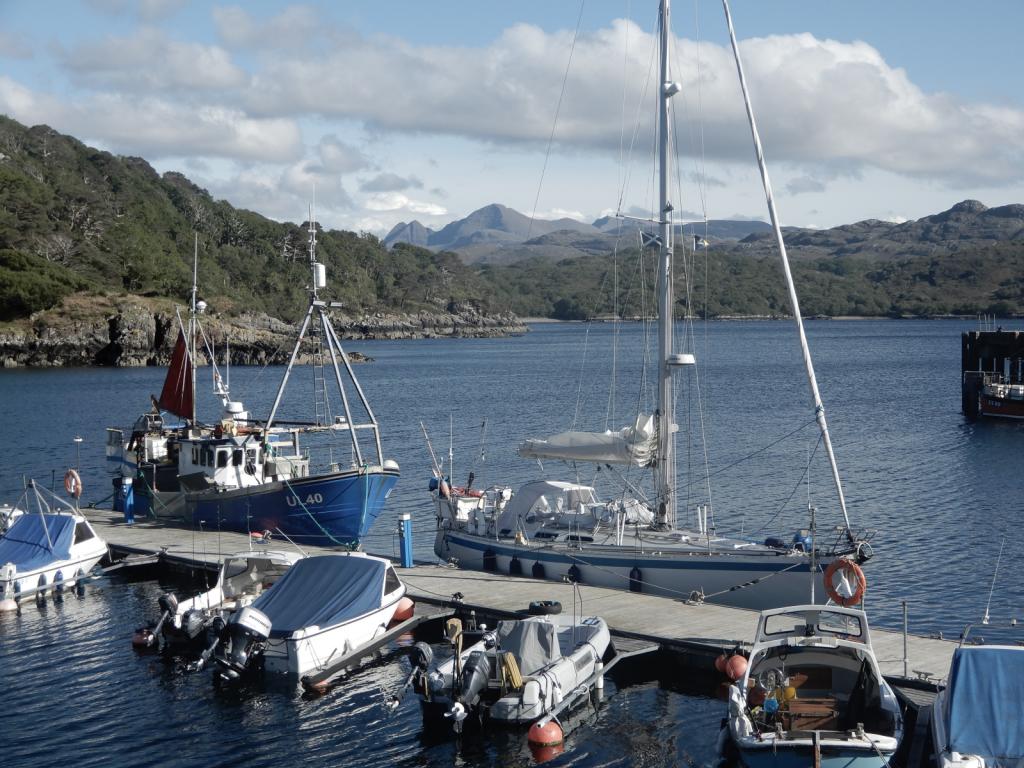 |
The Inner and Outer Hebrides, Orkney, Fair Isle, Shetland, Norway and Sweden's west coast.
1 Photo
Created 14 November 2019
|
|
Normandy, Scilly, Pembrokeshire, Ireland, Isle of Man, Northern Ireland, Inner Hebrides and the Crinan Canal.
1 Photo
Created 14 November 2018
|
Egret
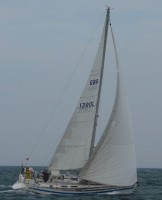
Who: Patrick & Amanda Marshall
Port: Chichester Harbour

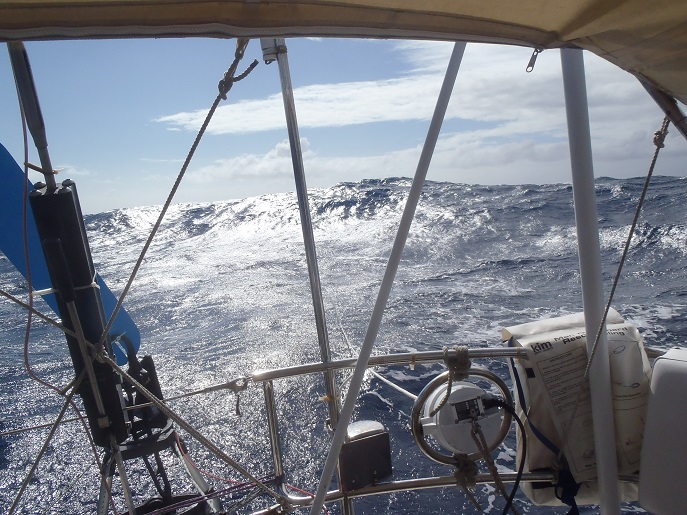
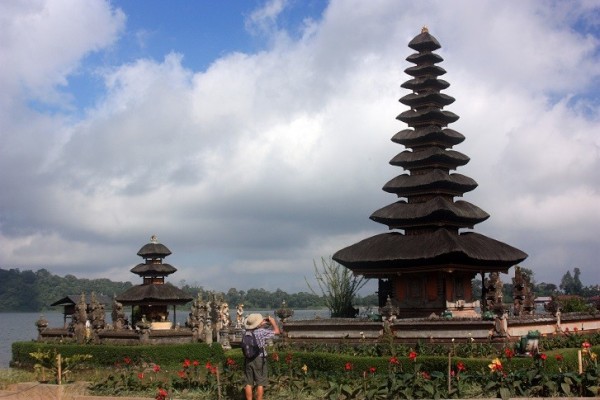
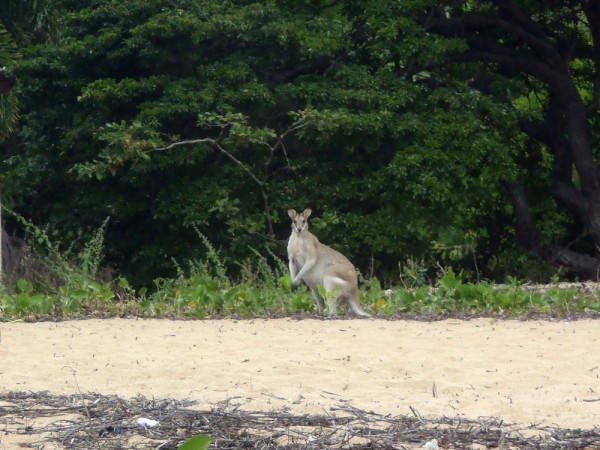
, Pentecost, Naghol (Land diving)a.jpg)
Amanda raising the Quarantine & New Zealand courtesy flagedit_edited-1 a.jpg)
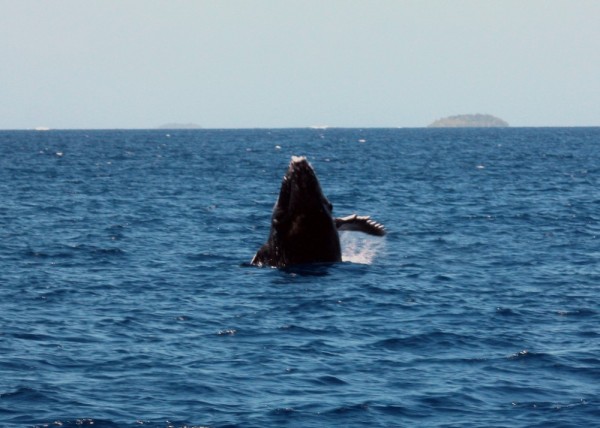
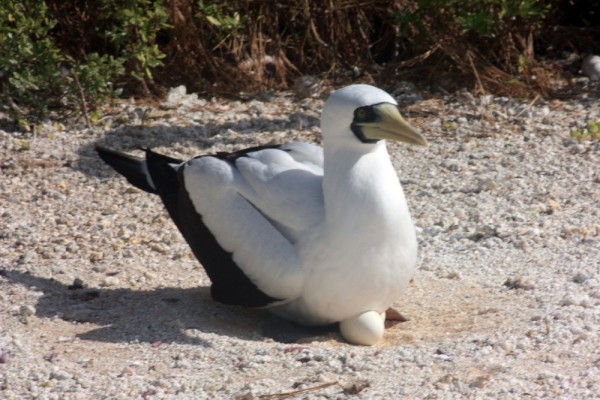
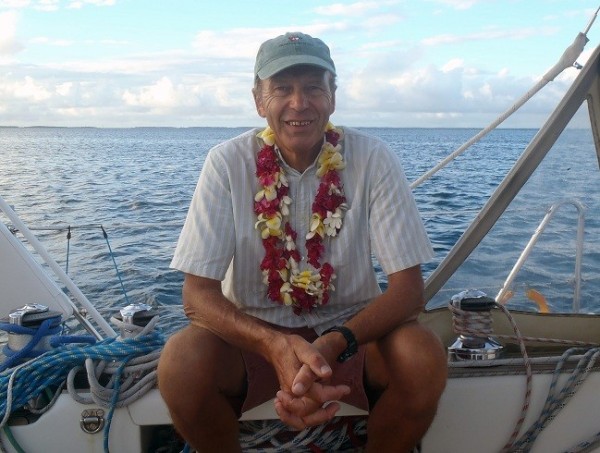
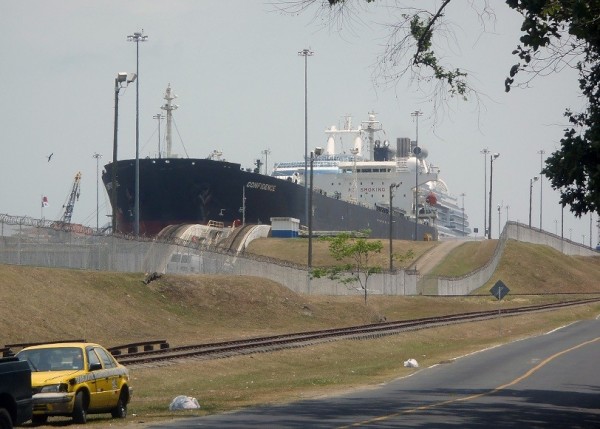
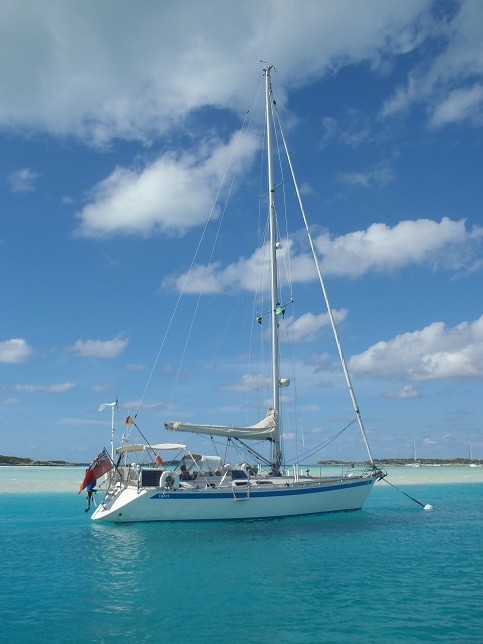
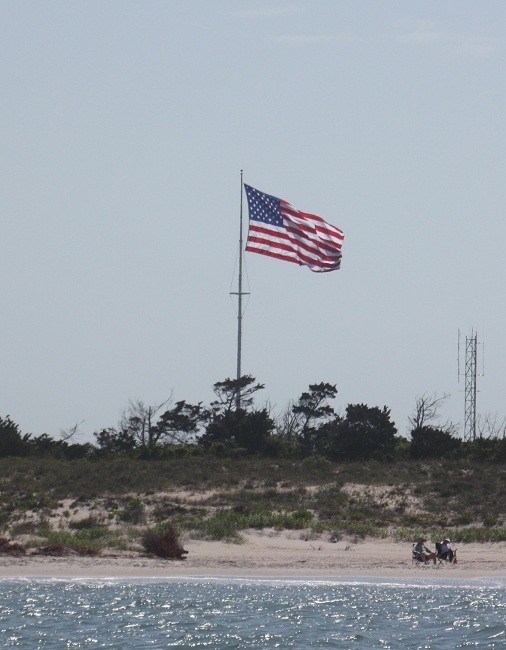
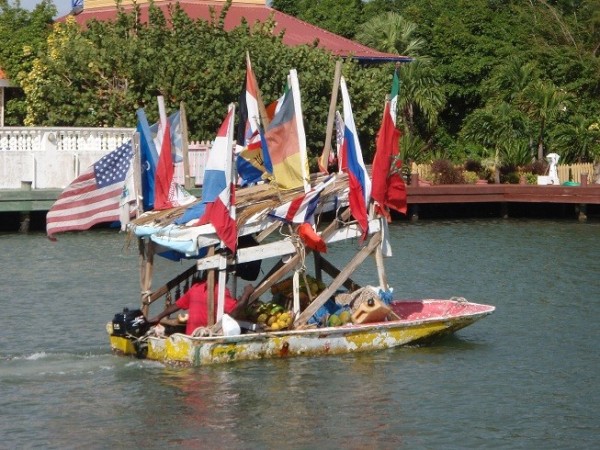
, Statue of Dewaruci at the Navy (Headline) a.jpg)



